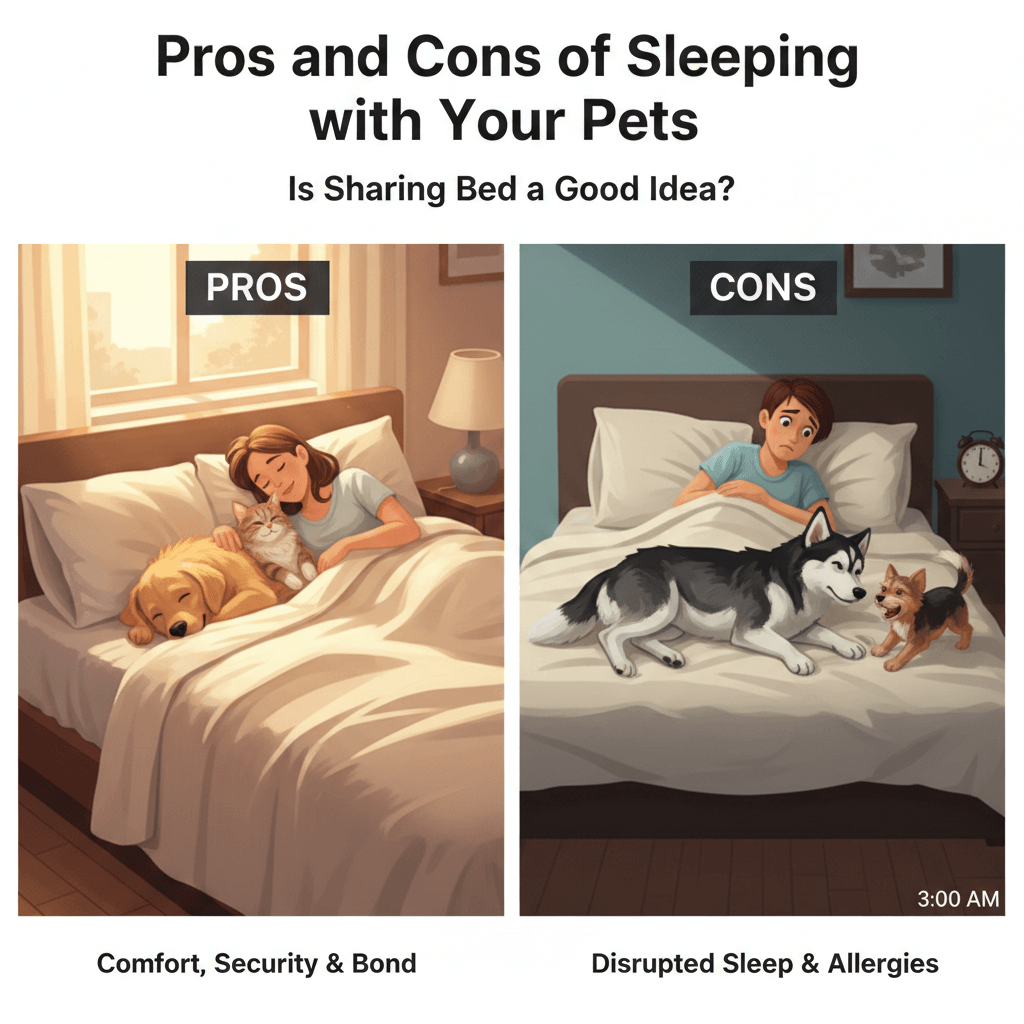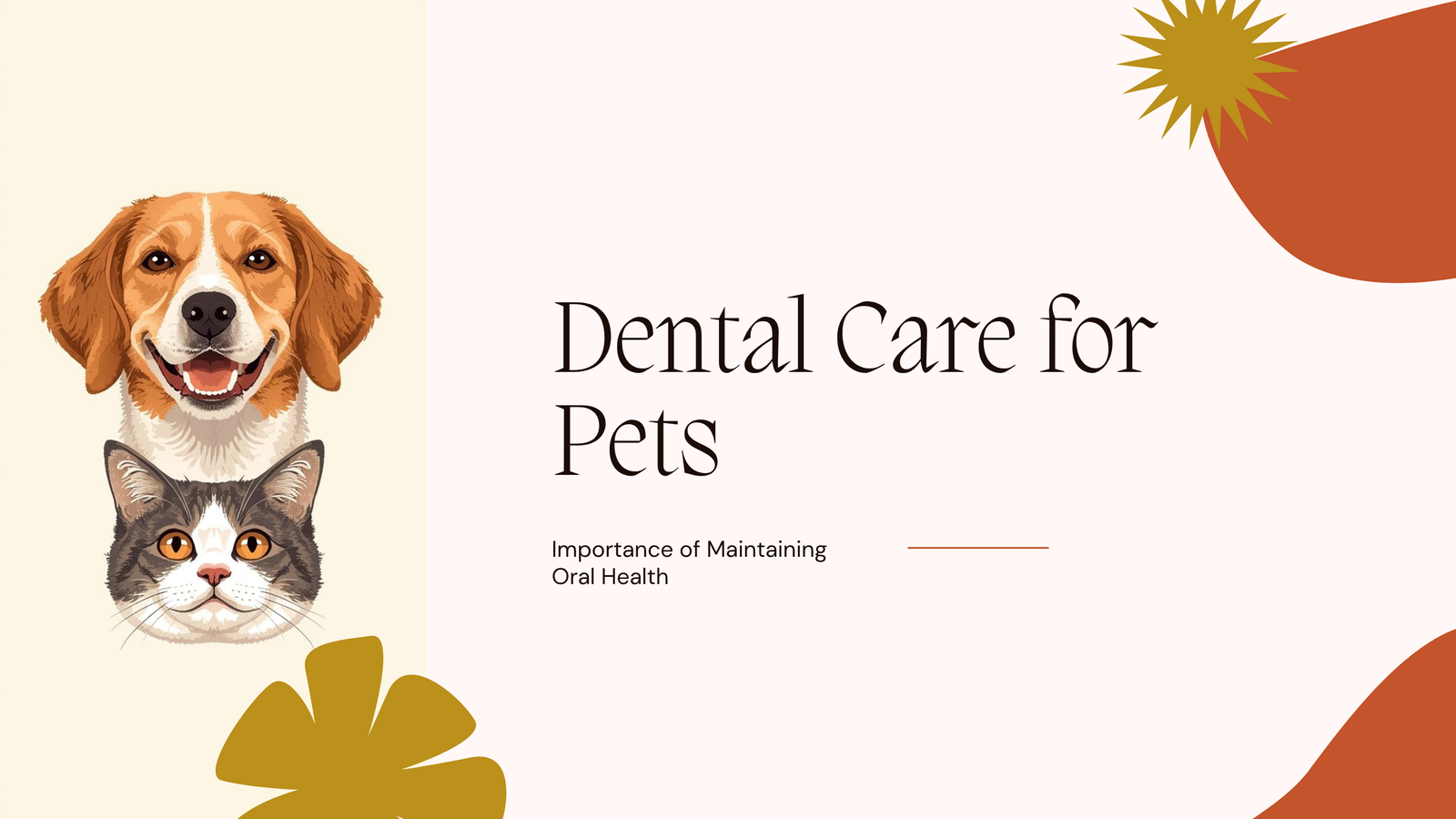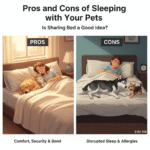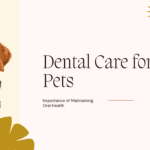When you love your cats, you gotta feed them well. And it is not as simple as it sounds, their nutritional requirements are very different from that of humans, thus they need different types of food. Further, it is crucial to provide them with the appropriate amount of food at the right times. That is why we have compiled a list of some guidelines to help you establish a feeding schedule and portion control for your cat.
Helpful guidelines for cat feeding schedule and portion control
Let’s get started:
1. Determine the appropriate daily calorie intake
The first and foremost guideline about cat feeding schedules and portion control is to ensure that it is getting the right amount of calories. The number of calories your cat needs is determined based on factors such as age, weight, activity level, and overall health. We recommend consulting with your veterinarian to determine the ideal caloric intake for your furry baby and developing a feeding schedule and portion size accordingly.
2. Choose high-quality cat food
An important guideline to remember is choosing the right food to feed your cat. Remember it is not only how much and when your cat eats it, it is also about what you eat it. You must only serve your furry baby high-quality cat food. We recommend looking for a portion of commercial cat food that is nutritionally balanced and appropriate for your cat’s life stage at the moment ( like a kitten, adult, or senior). You can consult your veterinarian about the right car food for your car. High-quality cat foods typically provide their feeding guidelines on the packaging, which can serve as a starting point.
3. Divide the daily portion into meals
It is a mistake to leave cat food out all day, as cats might eat all at once and overeating can lead to problems. Instead, we recommend dividing your cat’s daily portion into two or three meals. That helps prevent overeating and allows for better portion control. Thus, for example, if your cat needs to consume 250 calories per day and you’re feeding twice a day, each meal should be around 125 calories.
4. Stick to a consistent schedule
By nature, cats are creatures of habit and thus tend to prefer getting their meals at specific times. You must establish a feeding routine for your cat and stick to it. You must try to feed your cat at the same time each day. This will also help regulate their metabolism and digestion.
5. Monitor your cat’s body condition
Even if you are following all these guidelines you must still regularly assess your cat’s body condition to ensure they are maintaining a healthy weight. If your cat is healthy weight range, you should be able to feel their ribs and there shouldn’t be any excess fat covering. Further, they should have a visible waist when viewed from above. If you find your cat overweight or underweight, adjust the portion size accordingly in consultation with your veterinarian.
6. Avoid overfeeding or free-feeding
Overfeeding can lead to obesity and related health issues, while free-feeding, that is, leaving food out all day, can lead to overeating and health problems for your cat.
7. Avoid feeding table scraps
We know the temptation to feed your cat in table straps is too strong. However, you must remember that human food is not formulated to meet a cat’s nutritional needs and can lead to imbalances or digestive issues. Thus, you must avoid feeding your cat table scraps or excessive treats, as that can contribute to overeating and weight gain.
8. Measure portions accurately
Often cat owners like eyeballing or guessing as a way of measuring portions. However, it can result in inconsistent portion sizes, which may lead to overfeeding or underfeeding. It is thus crucial to accurately measure portions for your cat. We highly recommend using a designated measuring cup or scale to accurately measure your cat’s food portions.
9. Consider feeding interactive or puzzle toys
Cats are by nature hunters. Using interactive feeding toys or puzzle toys can help simulate their natural hunting behaviors while slowing down the eating process. That can also help prevent your cat from gulping down all its food too quickly and aid in portion control. However, you must remember to add the calories thus consumed when calculating their calories.
10. Monitor water intake
Last but not least guideline for feeding control and portion control for your car is monitoring their water intake. Alongside proper feeding, it’s also crucial to ensure your cat has access to fresh water at all times of the day. Adequate hydration supports overall health and aids in digestion in cats and humans alike. You must monitor your cat’s water intake and consult with your veterinarian if you notice any significant changes or concerns. Remember that cats tend to have a low thirst drive and thus may not drink enough water. The situation might be worsened if it is on a dry diet. Some cats may have a preference for flowing water and thus a cat fountain might prove helpful.
Frequently Asked Questions (F.A.Q.s)
There are several questions that the readers may have about cat food portion control and feeding schedules The following are some of the most Frequently Asked Questions (F.A.Q.s):
Question: What else should I know when following these guidelines?
Answer: Remember, these guidelines provide general recommendations, but every cat is unique, and their nutritional needs may vary. It’s also always a good idea to consult with your veterinarian to create a personalized feeding plan based on your cat’s specific and unique requirements, health status, and any dietary restrictions they may have.
Question: What are some of the food items I should avoid feeding my cat?
Answer: Onion, garlic chocolate, grapes, raisins, artificial sweeteners, alcohol, caffeine, chocolates, etc., are some foods that must be avoided.
If the reader has any other questions, they should feel free to ask them here.
The Bottom Line
One can easily wrap up the above discussion by concluding that maintaining portion control and a feeding schedule for your cats is essential and these guidelines can help you do that.







